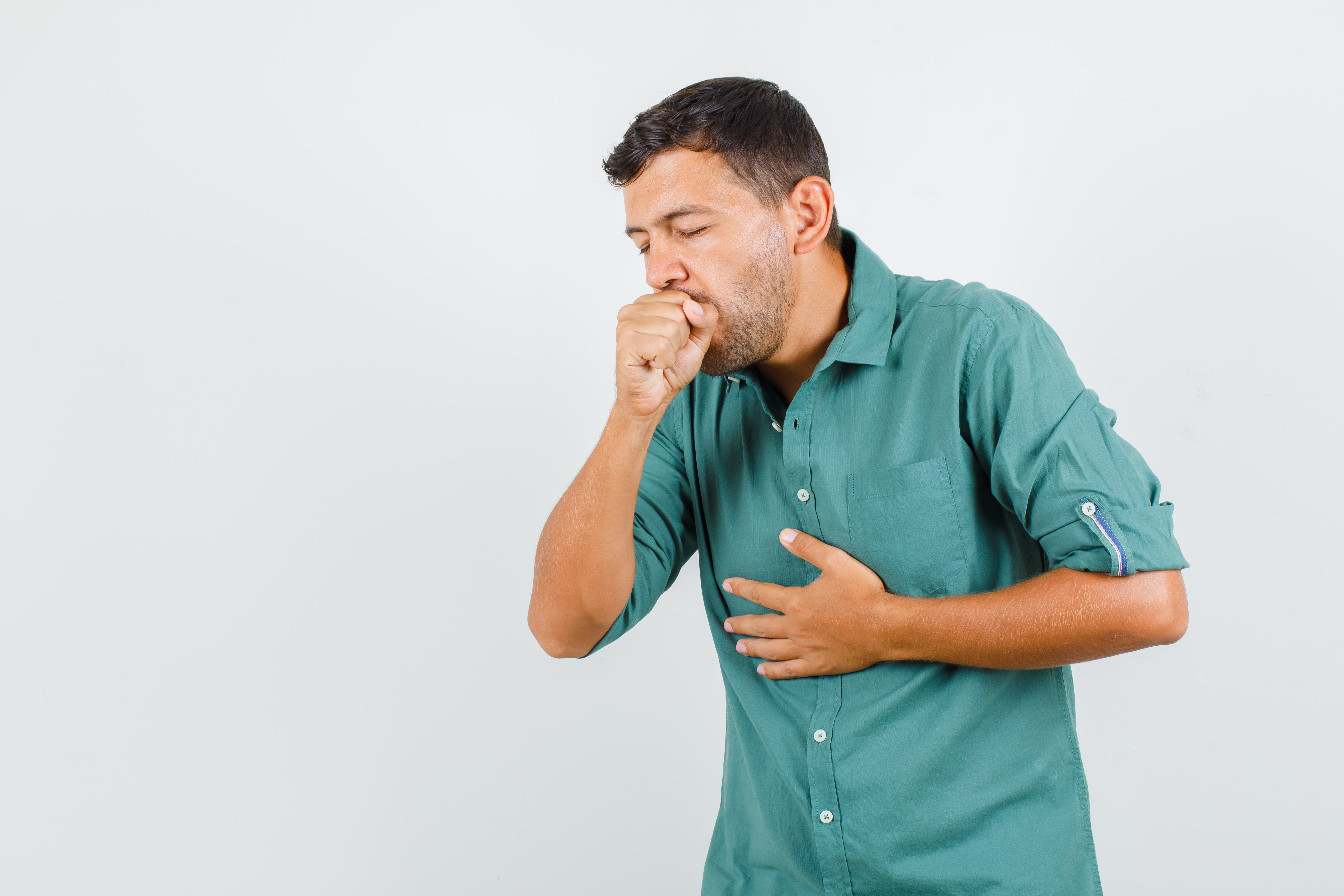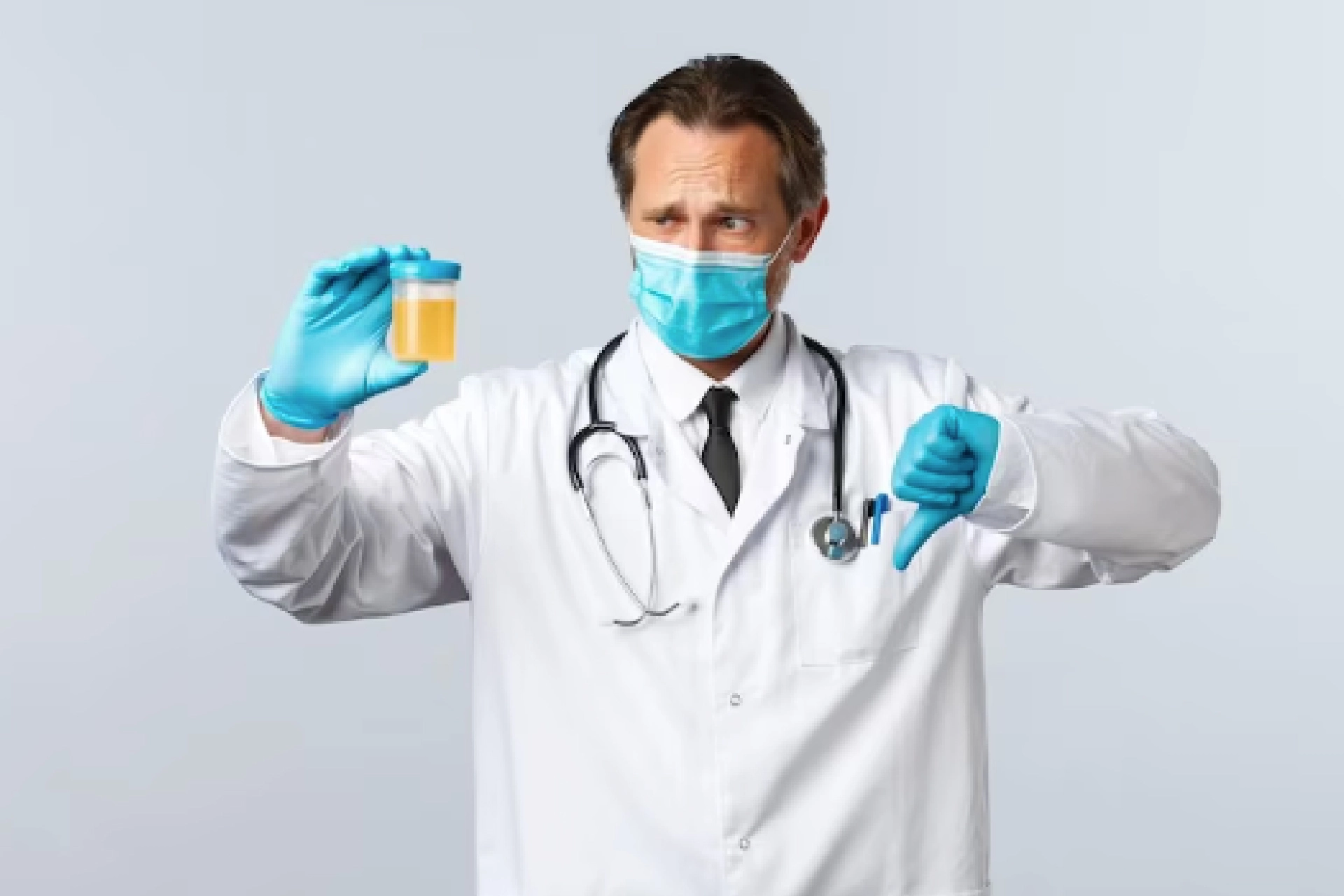General Physician | 8 min read
Tuberculosis: Causes, Symptoms, Diagnosis and Prevention Tips
Medically reviewed by
Table of Content
Key Takeaways
- Tuberculosis is caused by the M. tuberculosis bacteria and it is transmitted through the air
- Cases of tuberculosis are lower in developed countries, owing to the living conditions and advanced antibiotics
- People who have weakened immune systems are at the highest risk of getting TB
There are several infectious diseases that are transmitted through the air and among the most dangerous is tuberculosis. This disease is caused by the bacteria mycobacterium tuberculosis, which primarily attacks the lungs, but may attack the brain, spine, or another part of the body. The early signs and symptoms of tuberculosis are hard to distinguish from those of the common cold. However, as the body continues to weaken, these will get much worse and can prove to be fatal. Cases of tuberculosis are lower in developed countries, owing to the living conditions and advanced antibiotics, but they are still quite concerning.
What is Tuberculosis?
In India, tuberculosis (TB) is common, with 1 million cases reported per year. Unlike other illnesses, there are two types of TB, latent and active, with the former being present in a few billion people. Those with latent TB have a strain of the disease that isn’t contagious until it becomes active. This can be triggered if the immune system is compromised, causing it to spread to others.
With a cursory understanding of what tuberculosis is, and how widespread it is, you should know all you can about it. This prepares you and helps you stay aware of potential infectious signs. Here’s all you need to know about the different tuberculosis symptoms, causes, and prevention tips.
Types of Tuberculosis
Other than the different stages of TB, the condition is further classified into different types. This categorization is based on the area which is affected by the condition. A common type of tuberculosis is pulmonary TB. Here, the infection affects your lungs. Pulmonary TB is active and contagious, spreading mainly through the air.
Tuberculosis can also affect body parts apart from your lungs. This type of TB is known as extrapulmonary TB. This type of TB is further divided into types based on the area affected by the bacteria. Given below are some common types of extrapulmonary TB:
- TB lymphadenitis is one that affects your lymph nodes. It is among the most common types of extrapulmonary TB.
- Genitourinary TB commonly affects your kidneys but can also affect parts of your genitals. It is also among the most common type of extrapulmonary TB.
- Skeletal TB, also known as bone TB, is a type of TB that spreads to your bones.
- Miliary TB affects one or more organs. It commonly affects your liver, bone marrow, and lungs.
Apart from the above, there are other types of TB that affect your spinal cord, brain, liver, gastrointestinal tract, abdomen, skin, and even your pericardium. You should also know that your tuberculosis symptoms may vary based on the type of TB you have. With the general tuberculosis symptoms, you may also experience symptoms based on the part of your body that has been affected by the infection.
Symptoms of Tuberculosis
Typically, the symptoms of tuberculosis depend on the region of the body affected by the disease. If TB affects the lungs, which is the most common area, these are symptoms to expect:
- Coughing up blood
- Weight loss
- Fever
- Night sweats
- Appetite loss
- Persistent coughs
- Chest pain
If tuberculosis is in the bone, the symptoms include severe pain, especially in the back, joint stiffness, and swelling. In other cases, such as a brain infection, the symptoms may include headaches, confusion, and seizures.
The tuberculosis symptoms in a child can differ from those in an adult and, in fact, be more life-threatening if the child is young. You should be mindful of this and get your loved ones tested at the earliest. Additionally, TB can also affect newborns and the effect of the various tuberculosis symptoms on babies can be quite alarming. TB may affect multiple organs, thus inhibiting physical growth, and cause pneumonia that is difficult to treat. This disease is also hard to identify based on the signs alone. It is possible to exhibit tuberculosis symptoms without cough, which can tend to be bloody.
Lastly, you may also exhibit tuberculosis symptoms on the skin. These may be in the form of rashes or lupus vulgaris, which causes you to develop ulcers or lumps. Keep an eye out for these indicators and seek medical care immediately.
Who is Susceptible to Tuberculosis?
Generally, those that have weakened immune systems are at the highest risk of getting TB. This includes those with conditions such as:
In addition to these, those with unhealthy habits of long-term alcohol, drugs, and tobacco abuse are more likely to get infected. Moreover, those that take medications that may suppress the immune system are at high risk; for instance, those on medication for rheumatoid arthritis, lupus, psoriasis, and cancer.
Tuberculosis Causes
To put it simply, mycobacterium tuberculosis is the main cause of TB. The spread of this TB bacteria happens in a way that is similar to that of a cold or flu but is not as rapid. To contract tuberculosis, you need to be in close contact with an infected person for long hours. This is why TB often spreads among families who live together or people who work together closely. It can also happen when the carrier either speaks, sings, coughs, laughs, or talks. However, only those with active pulmonary TB are able to infect others with the disease. Getting treatment for it is important because it is impossible to transmit this bacteria if you’ve received complete treatment.
Other than close contact with an infected person being among the top tuberculosis causes, there are other factors that can increase your risk of TB. These risk factors include:
- HIV, weakens the immune system, making you more susceptible to TB
- Medication that affects or suppresses the immune system, increasing your risk of TB
- Traveling to or residing in a place where TB infections are high
- Excess use of substances that weaken your immune system
- Working in healthcare facilities, increases your exposure to various illnesses, including TB
Tuberculosis Diagnosis
Getting yourself checked every few months is important to getting this disease diagnosed. Typically, tuberculosis is diagnosed through a physical examination where the doctor will listen to your lungs and check if you have any swelling in your lymph nodes. In addition to that, you may be asked to undergo a TB skin and TB blood test. These indicate that you may have the bacteria; however, you can’t know if it is latent or active TB. For this, you will have to undergo a chest X-ray and a sputum test.
Given below is a detailed look into the various tuberculosis tests generally ordered to diagnose different types and stages of tuberculosis.
- For latent tuberculosis, tests that can help you get a diagnosis are the Mantoux test and the Interferon-gamma release assay (IGRA). A mantoux tuberculosis test is commonly known as the tuberculin skin test (TST). IGRA test is generally done if you have a positive TST result, work in the healthcare sector, had a BCG vaccination, or plan on starting an immunosuppressant treatment.
- For pulmonary TB, your doctor may order an X-ray of your chest. This imaging tuberculosis test will show the changes caused in the lungs by a TB infection. Apart from this, a sample of phlegm may also be analyzed to check if you have TB bacteria.
- For extrapulmonary TB, tests for a diagnosis include a CT scan, ultrasound, MRI, endoscopy, laparoscopy, blood tests, urine tests, or a lumbar puncture. All of these tests help your doctor identify where in your body the TB infection has spread.
Tuberculosis Treatment
Tuberculosis is treated with a course of antibiotics. The length and type of the antibiotics depend on the location of the infection, patient’ age, the strain of TB, and the type of TB. Some courses of antibiotics may include requiring medication daily for 9 months and others may require just 1 antibiotic every few weeks. Some cases may warrant the need for corticosteroids.
Some of the common medicines prescribed for tuberculosis treatment include pyrazinamide, rifampin, isoniazid, and ethambutol.
If you have a type of TB that is resistant to drugs, your doctor may prescribe medications that can help counter the drug resistance, making your tuberculosis treatment more effective. Common medicines prescribed for this are linezolid and bedaquiline.
While taking the medicines prescribed in your tuberculosis treatment plan, it is important to keep an eye out for the side effects. Although you may not experience any serious side effects, it is essential to remember that TB medicines can be harmful to your liver. If you notice signs like nausea, vomiting, dark urine, blurred vision, jaundice, bleeding, or bruising, contact your doctor immediately. They can let you know about the steps to take next so that your health does not worsen.
If you already know that you are at a higher risk of contracting TB, you should take measures for tuberculosis prevention early in life. Doing this can help ensure that you do not face any complications in the future and live a healthier life.
Tuberculosis Infection Prevention Tips
One way to prevent getting infected is to get vaccinated against TB. The bacillus Calmette–Guérin (BCG) vaccine protects against some TB strains and it can be made part of the normal immunisation program. Besides that, it is important to check if you are working or residing in an area that has an increased risk of TB. If so, covering your mouth and nose with a mask can protect you against bacteria.
Being informed about the symptoms of tuberculosis, its treatment, and prevention practices is a good first step in combatting the disease. As mentioned above, it may be impossible to know if you have the disease, as it doesn’t present with symptoms in the latent stage. In such a situation, your best bet is to get tested and receive treatment for it, if you have it, at the earliest.
With proper and guided care, tuberculosis can be treated completely. However, if medical care isn’t adequate, the bacteria can turn resistant to antibiotics. This is why it is important to seek care from the best specialists, which you can find easily with Bajaj Finserv Health.
References
- https://www.healthline.com/health/tuberculosis#symptoms
- https://www.passporthealthusa.com/2019/01/can-you-have-tuberculosis-without-a-cough/
- https://www.medicalnewstoday.com/articles/8856#causes
- https://www.healthline.com/health/tuberculosis#diagnosis
- https://www.msdmanuals.com/home/children-s-health-issues/infections-in-newborns/tuberculosis-tb-in-newborns
- https://www.healthline.com/health/tuberculosis#treatment
- https://www.medicalnewstoday.com/articles/8856#early-warning-signs
- https://www.medicalnewstoday.com/articles/8856#what-is-tuberculosis
- https://www.medicalnewstoday.com/articles/8856#prevention
- https://patient.info/infections/tuberculosis-leaflet#:~:text=Skin%20%2D%20TB%20can%20cause%20certain,%2C%20liver%2C%20eyes%20and%20skin.,
Disclaimer
Please note that this article is solely meant for informational purposes and Bajaj Finserv Health Limited (“BFHL”) does not shoulder any responsibility of the views/advice/information expressed/given by the writer/reviewer/originator. This article should not be considered as a substitute for any medical advice, diagnosis or treatment. Always consult with your trusted physician/qualified healthcare professional to evaluate your medical condition. The above article has been reviewed by a qualified doctor and BFHL is not responsible for any damages for any information or services provided by any third party.





